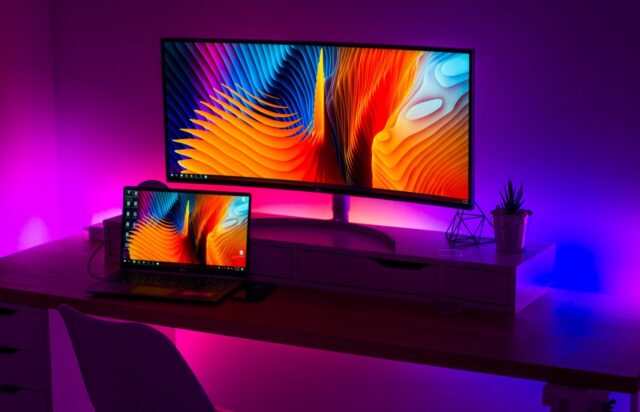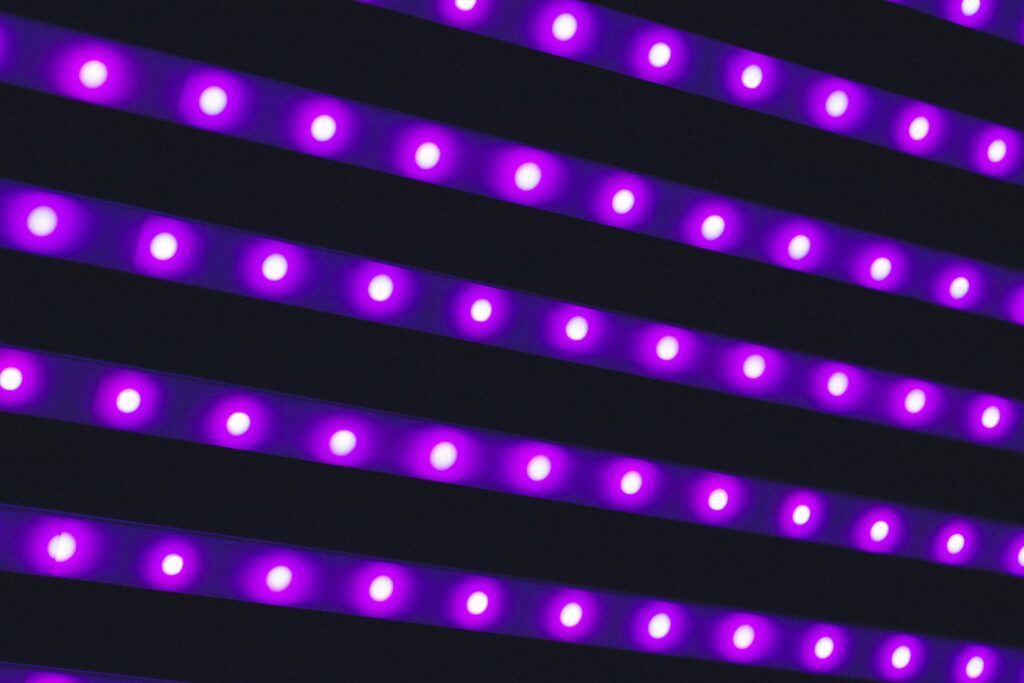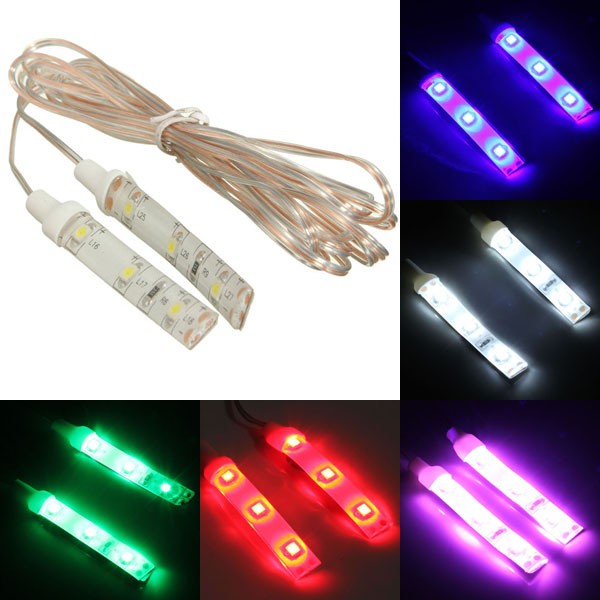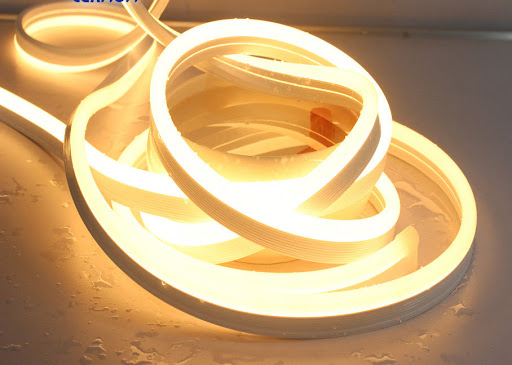
Creating the perfect space for you and your family is not an easy task, and every homeowner knows that the lights make a lot of difference in the final look of the house. Nowadays there are so many different types of bulbs that you are probably worried about making the right choice. To help you out we are going to tell you everything you need to know about the 12V light-emitting diodes.
Use this list before you invest in the right units for your space, and check out the list of things you need to know before buying and installing the LED strips. If you find yourself confused, you can always talk to the professionals in the store or just compare reviews of the different models.
1. Higher density means more brightness

This should go without saying, but we are going to give you more information on why that is and what your options are when purchasing the right unit for you. The density shows how many light-emitting diodes are installed on the strip.
There are two main types – standard and high density. For the first one, the standard, you will get 30 LEDs on a strip, and the maximum length you can go with is almost 33 feet. It is a cuttable unit, but you will need to pay attention to where you cut it without damaging it. You will be able to make the cut every 4 inches and this model features 540 Lumens per meter.
The lumen, by definition, is the light, or the brightness that a human perceives. One thing you should know is that these units provide white shade, and even if you dim them, the light is still going to stay white without getting a blue or a yellow undertone.
Now let’s talk about the second type, the high density one. This model comes with two times the LEDs or 60 per one strip. It features 1080 Lumens per meter, which means that they will make you’re the whole place a lot brighter without tiring your eyes. However, this model is not as long as the standard one, and you can get only 16.5 inches of the strip. This type can be cut as well, and the good thing about it is that you can make the cut every 2 inches of length. When it comes to wattage, the former type comes with 27 watts per reel, and the latter one has 40 watts.
2. Color

As we mentioned before, these lights come in white, but that’s not all. You can choose between three white shades to find the one that would work the best in your home or office.
The 6000K is great if you want to add a modern and cool touch to your space featuring a focused illumination. It is the best shade if you want to put it in your bathroom, office, or kitchen. The 4000K neutral white is the best if you are looking to add a natural color in your space. It’s a great shade for every home and experts recommend installing it under your cabinets. Last, but not least, we have the 3000K warm white that generates that cozy feeling. It is the best shade if you want to relax, so it’s best used in the bedrooms.
3. Installation
One thing many are worried about is the installation process. Because the LEDs are called the lights of the future, people think that they will be difficult to install in your home.
The great news is that you don’t have to do much to place them in your home. Depending on the type you choose, most models come with an adhesive tape that you can basically just stick anywhere you want. Just make sure the space is clean before you do the installation, and later on, make sure it stays dry.
4. Efficiency
The main reason why people choose to go with light-emitting diodes is that they are really efficient. They will save you a lot of money in the long run and they are extremely durable. When compared to traditional illumination, they can last up to several times more.
Another thing why people choose to go with these units is because they are really versatile. If you want to find out more about the length, brightness, and colors available, you can click here for Lepro lights.
5. Types

There are four main types of light-emitting diodes and now we are going to talk about all of the choices you have. The high output ones are rigid and are usually mounted on circuitry and board drivers. The AC flex strips are, as the name suggests, flexible and the only thing you need to do is just plug them in the outlet. They are the easiest to use and install.
Next, we have the DC flex strips that are waterproof and come with an adhesive on the back. They come with 30 or 60 units per meter, depending on the fact if they are standard or high density. Last, but not least, the rope lights are omnidirectional and they come installed in a rope that you can place anywhere in your home.
6. Costs

When we compare costs, you will notice that these units are more expensive than the traditional lights, however, as we mentioned before, they are energy efficient, and they are durable.
So, even though the initial investment is bigger, in the long run, they are going to be cheaper than anything else you can compare them to. The cost will also depend on the type of LED you choose, so make sure you do your research before you invest in one.
Make sure you check out the disadvantages as well and know that in most cases, you are going to need a transformer to be able to get these units to work without any issues. There are two types of transformers available on the market – wrapped and electronic, and you will need to choose the right one depending on the main model of strips you purchase.
Try different things out, don’t forget to measure the space and find the right place to install these diodes. Once you have them in your home, you will never go back to traditional bulbs and you will notice the difference in the utility bills right away.







